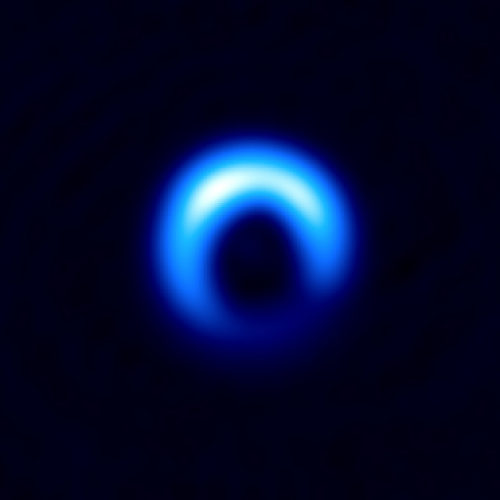
A curious binary system with a pulsar and a normal star
An article published in “The Astrophysical Journal” describes a study of a binary system consisting of a millisecond pulsar known as PSR J1723-2837 and a small common star. Astrophysicist John Antoniadis of the University of Toronto and the amateur astronomer André van Staden discovered for the first time starspots and a powerful magnetic field in a millisecond pulsar’s companion. It’s a research that can help better understand this type of pulsar’s behavior.





